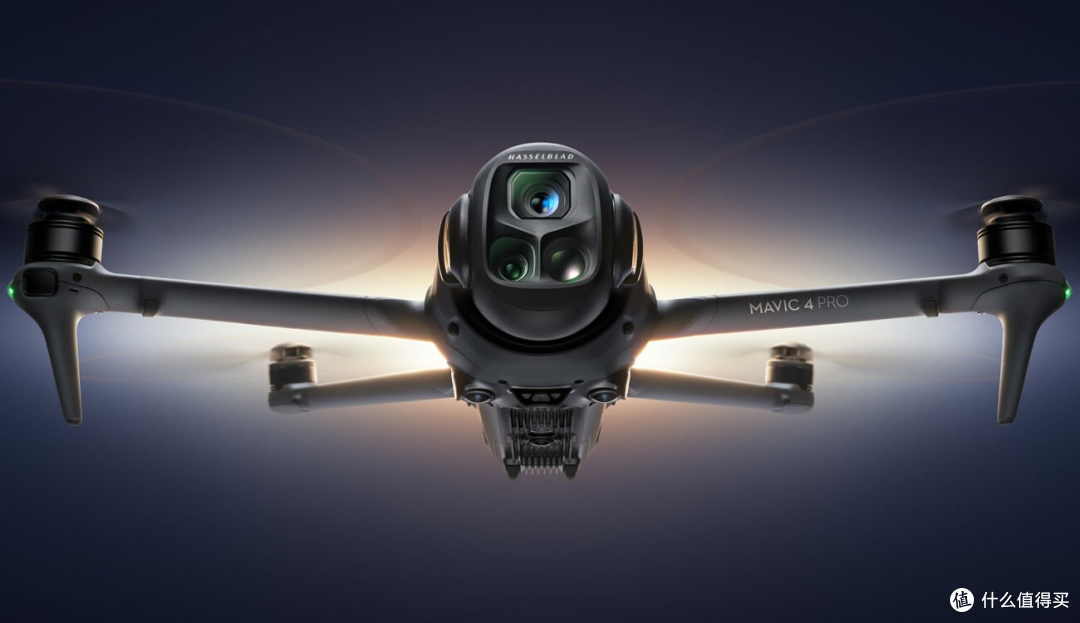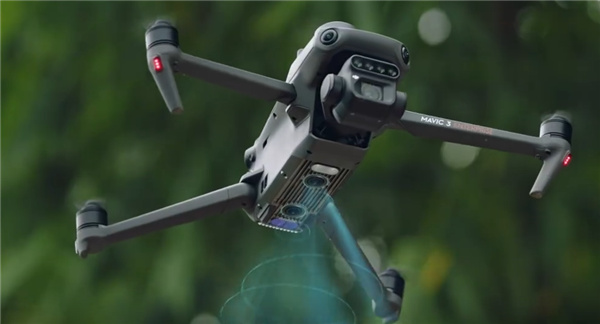Search and Rescue (SAR) drones are standing at the forefront of innovative technology, revolutionizing the way rescue operations are conducted globally. Drones, equipped with the latest technology such as thermal imaging and GPS, provide unmatched aerial support to ground teams, swiftly locating survivors in catastrophe-stricken areas.
Understanding SAR Drones
SAR drones harness advanced technology to improve efficiency and speed in search and rescue missions. The versatility of these drones enables them to conduct operations in various environments, including dense forests and open seas, where traditional rescue methods may falter. With capabilities like infrared cameras and real-time data transmission, SAR drones offer a lifeline during critical moments.
Designed to withstand harsh conditions, SAR drones are equipped with robust architectures. Their aerodynamic designs ensure stability under challenging weather, while their lightweight structures allow for prolonged flight durations essential for expansive search missions. Additionally, drones utilize powerful yet efficient batteries that support longer missions without compromising performance.
Moreover, the integration of Artificial Intelligence into SAR drones is enhancing their operational capabilities. AI allows these drones to autonomously navigate complex terrains and identify potential hazards, thus providing rescue teams with detailed insights and situational awareness, crucial in strategizing and implementing effective rescue plans.
Importance of Thermal Imaging and GPS
Thermal imaging technology plays a pivotal role in search and rescue missions. By detecting variations in temperature, drones can identify the heat signatures of missing persons even in complete darkness. This capability dramatically increases the chances of locating individuals who might otherwise remain invisible to conventional methods. Moreover, GPS systems enable drones to map vast areas effortlessly, pinpointing the exact location of survivors and optimizing route planning for rescuers.
- Flexibility: SAR drones are adaptable to diverse tasks, from surveying disaster sites to delivering emergency supplies.
- Real-time Communication: Equipped with advanced communication tools, they relay critical information to command centers, ensuring swift decision-making.
- Safety: By minimizing risk to rescue personnel, drones conduct preliminary assessments, informing teams of potential dangers before onsite intervention.
The promising future of SAR drone technology suggests continual advancements. With ongoing research and development, the capabilities of these drones are expected to expand, encompassing even more innovative features such as drone swarming, which allows multiple drones to work in unison, covering extensive areas quickly and efficiently.
Common Misconceptions about SAR Drones
- Limited Range: While some might think SAR drones have restricted operational ranges, modern advancements have significantly extended their reach.
- High Costs: Though initially perceived as costly investments, the efficiency and life-saving potential they offer far outweigh the expenses.
- Complicated Technology: Contrary to popular belief, user-friendly interfaces have made operating these drones simple, even for those new to drone technology.
FAQs on SAR Drones
How reliable are SAR drones in extreme weather conditions?
SAR drones are engineered to operate under adverse weather conditions, ensuring reliable performance when needed most. Their resilience and adaptability make them indispensable during challenging rescue missions.
Can SAR drones be used at night?
Yes, equipped with thermal imaging and night-vision capabilities, SAR drones effectively conduct operations in low-light conditions.
Are SAR drones accessible to voluntary rescue teams?
Advancements in drone technology have made SAR drones more accessible. Many volunteer organizations can now utilize these tools, enhancing their operational efficiency during emergencies.
